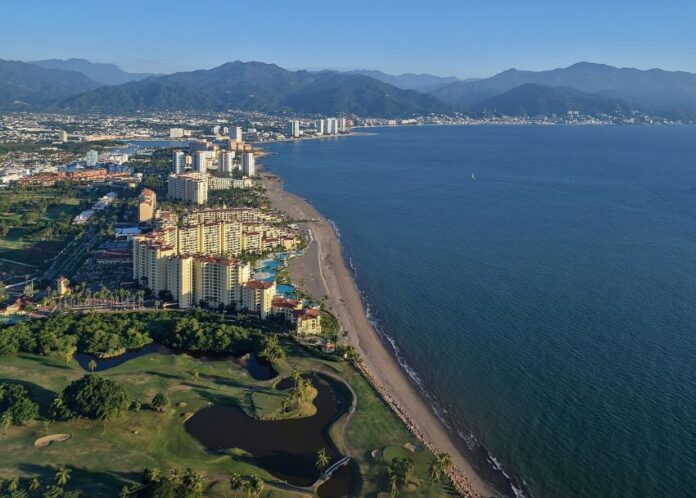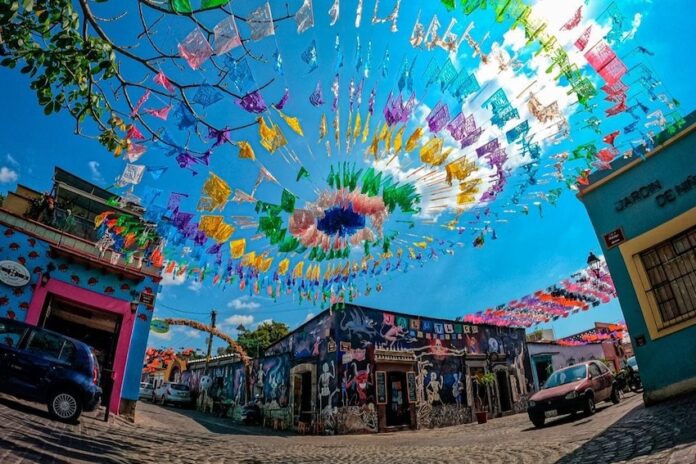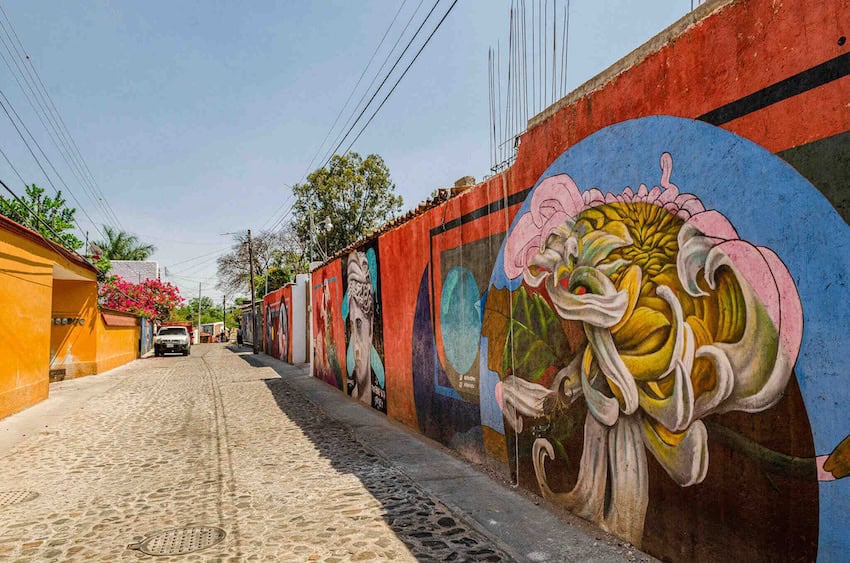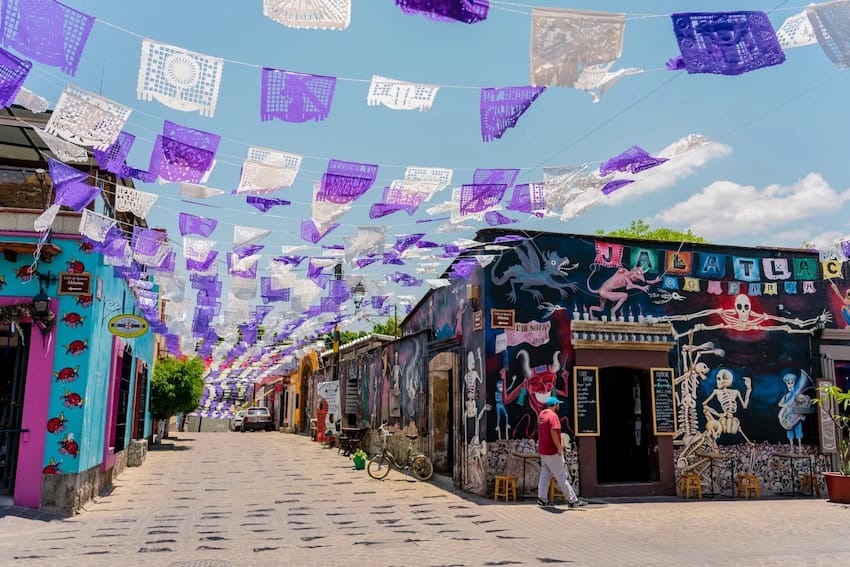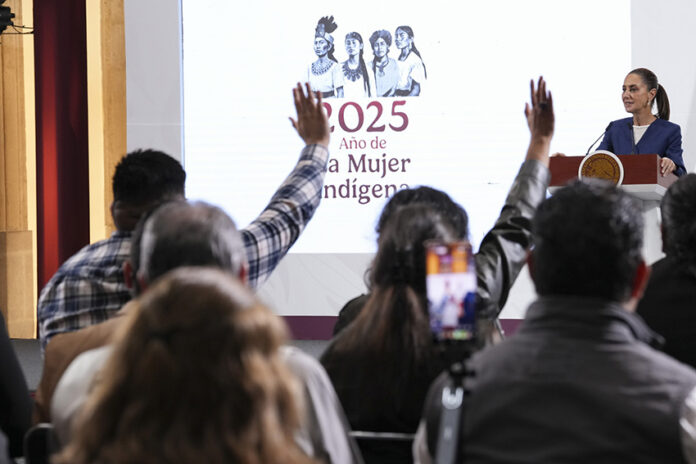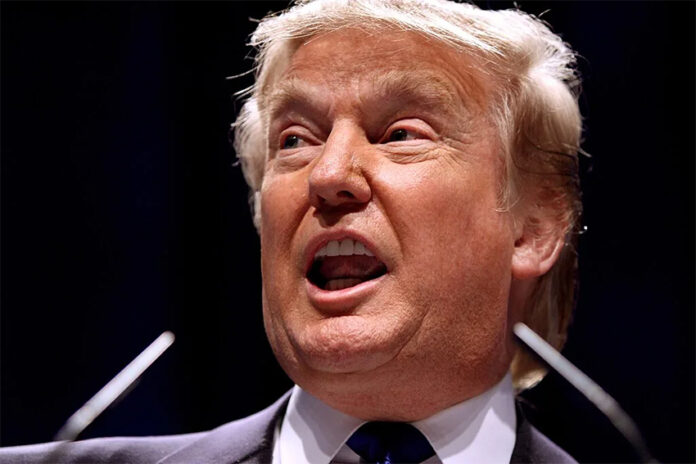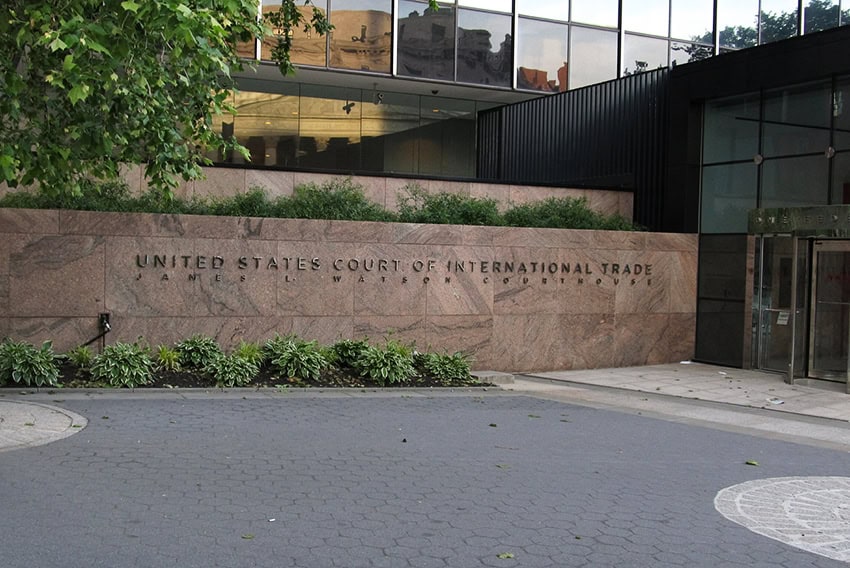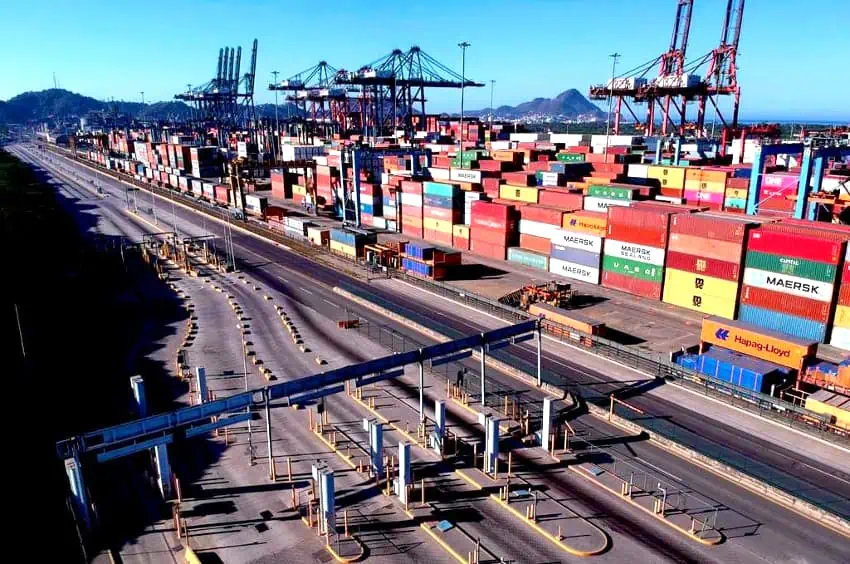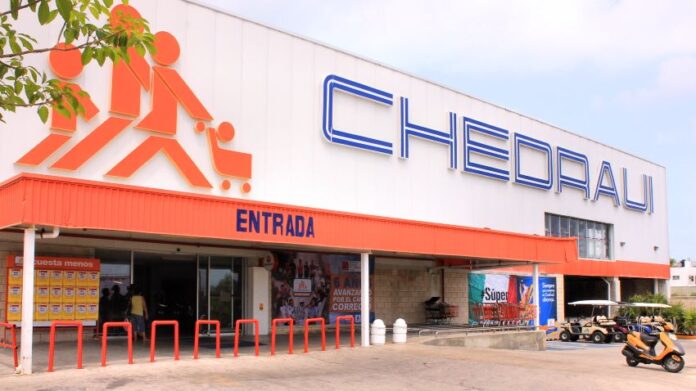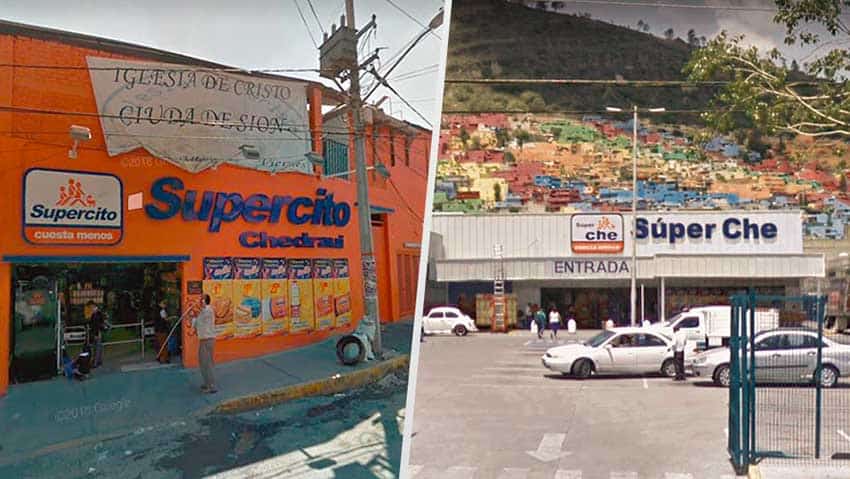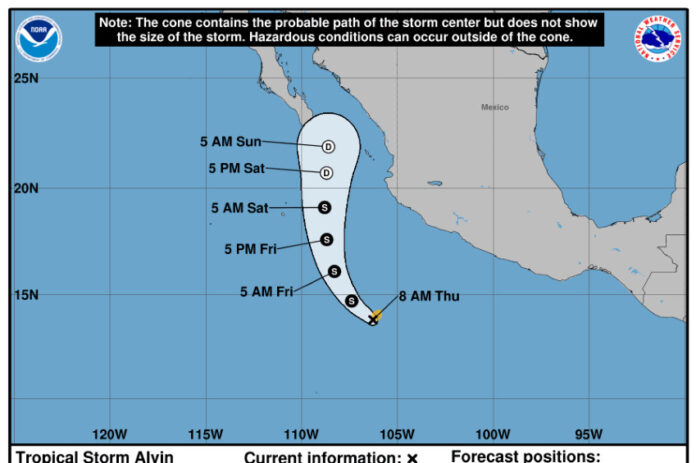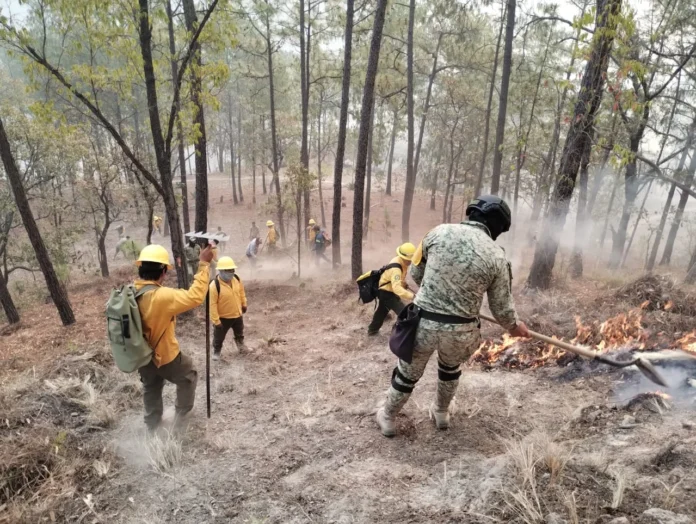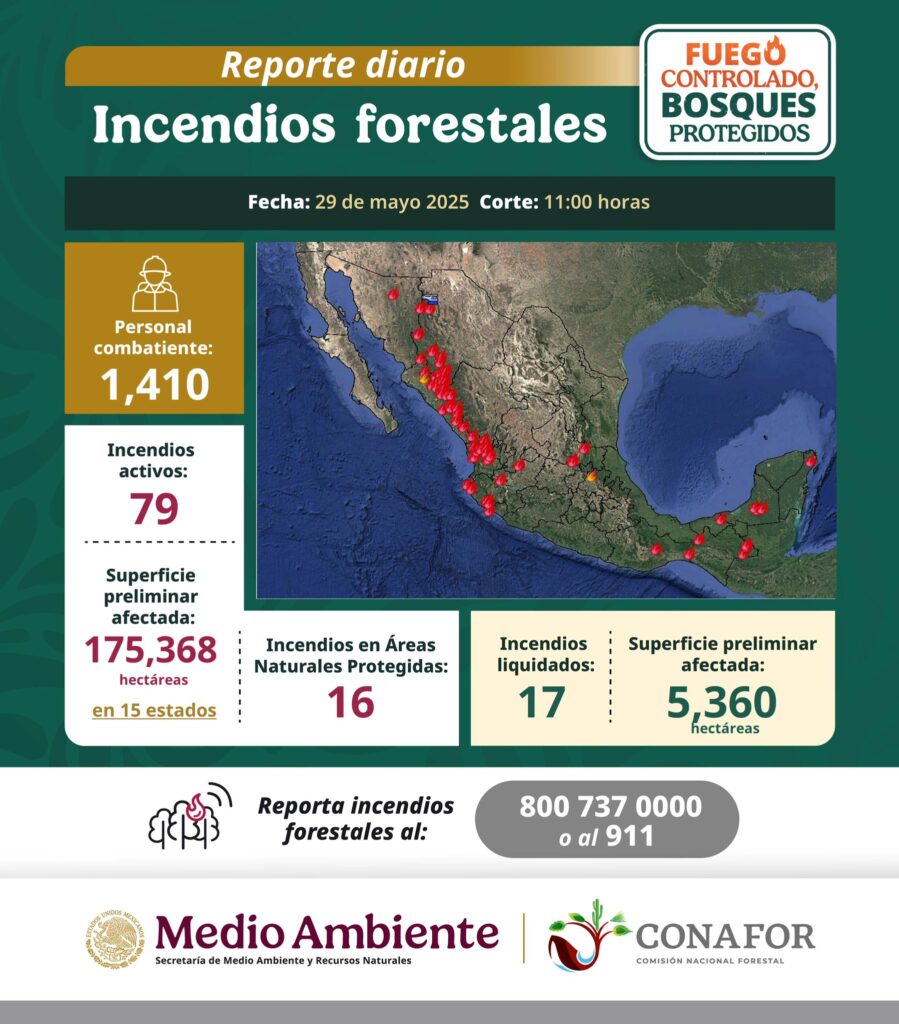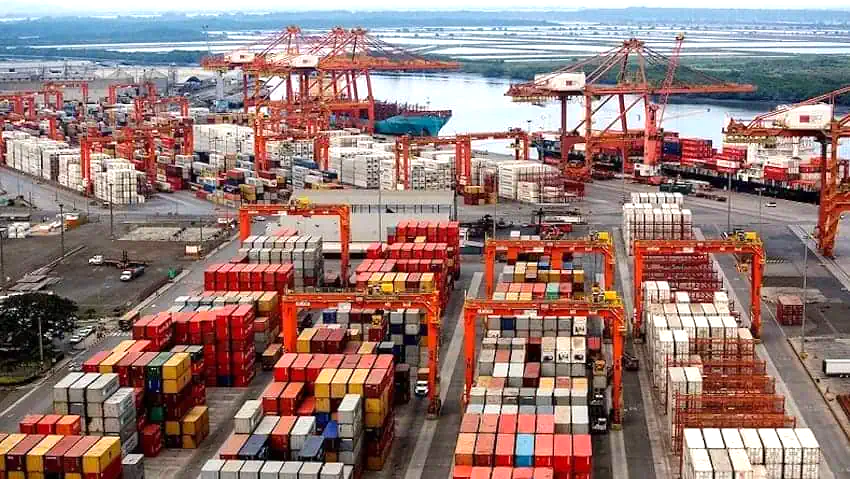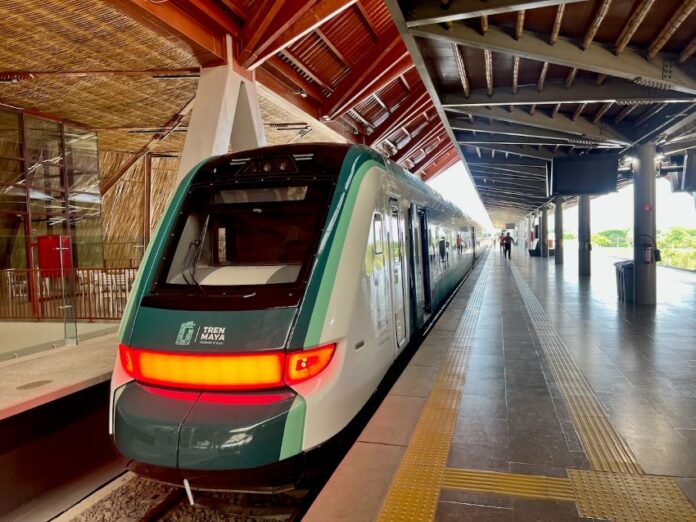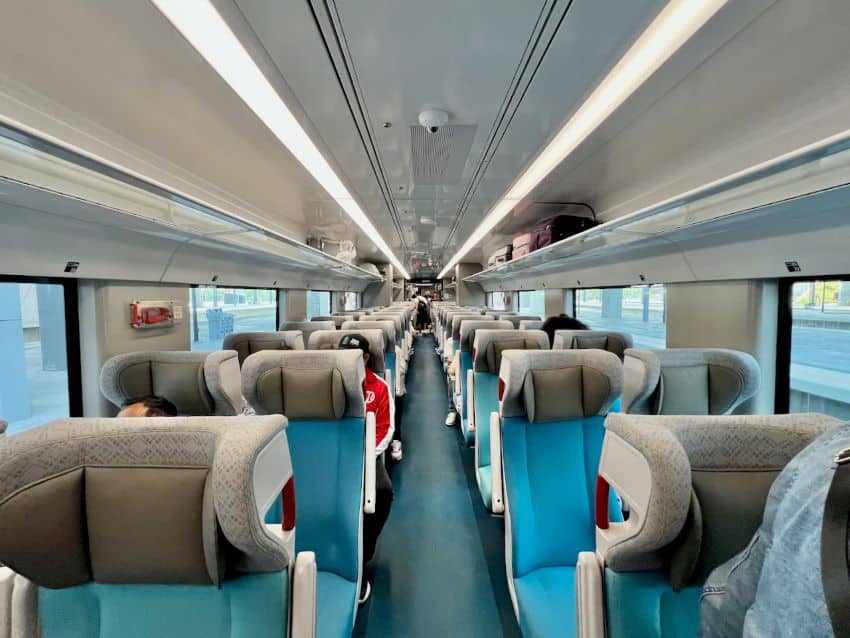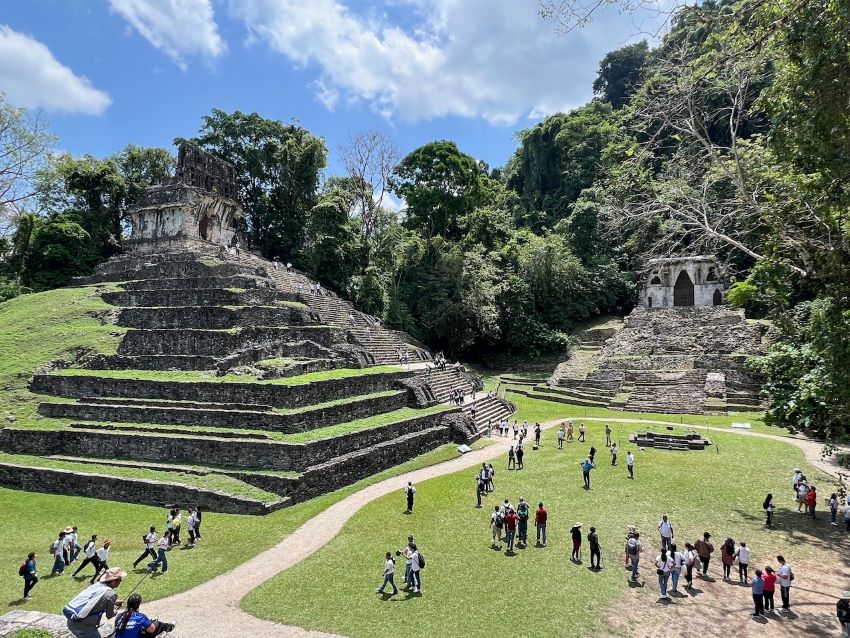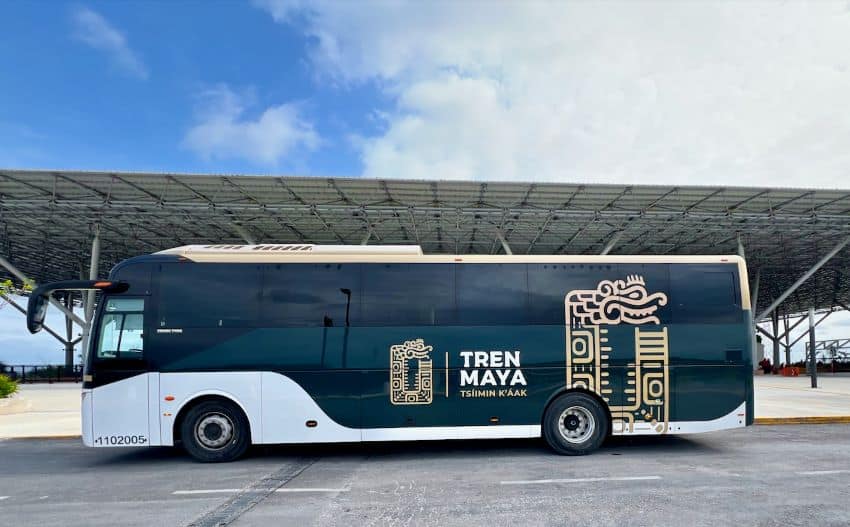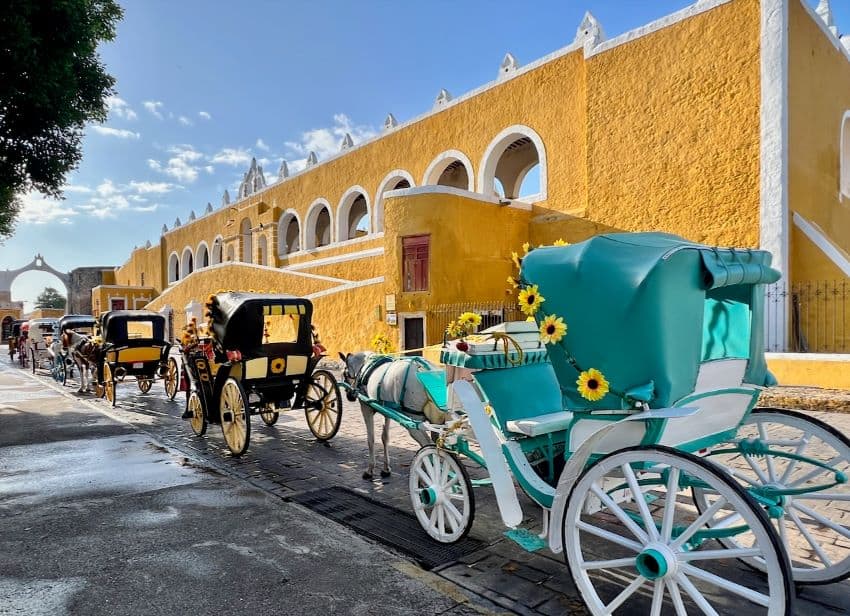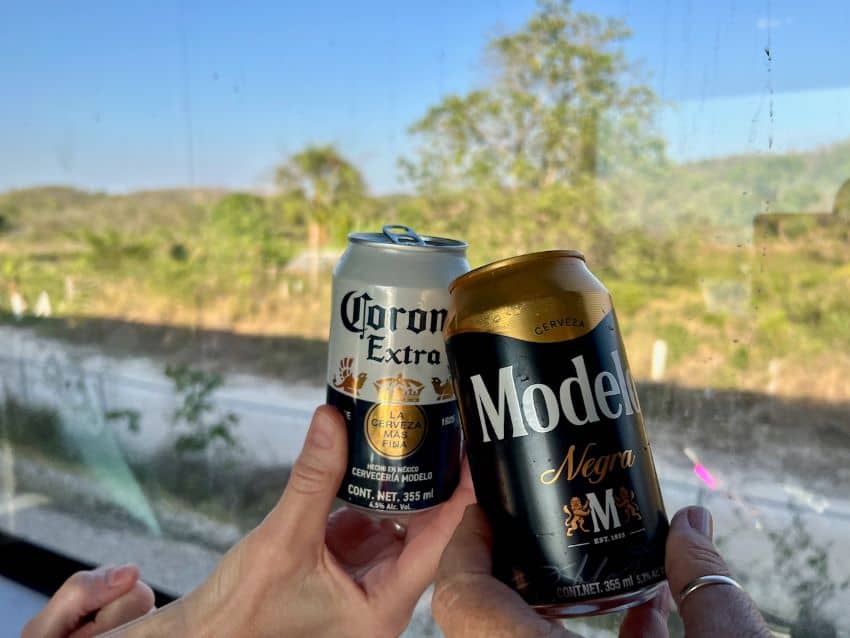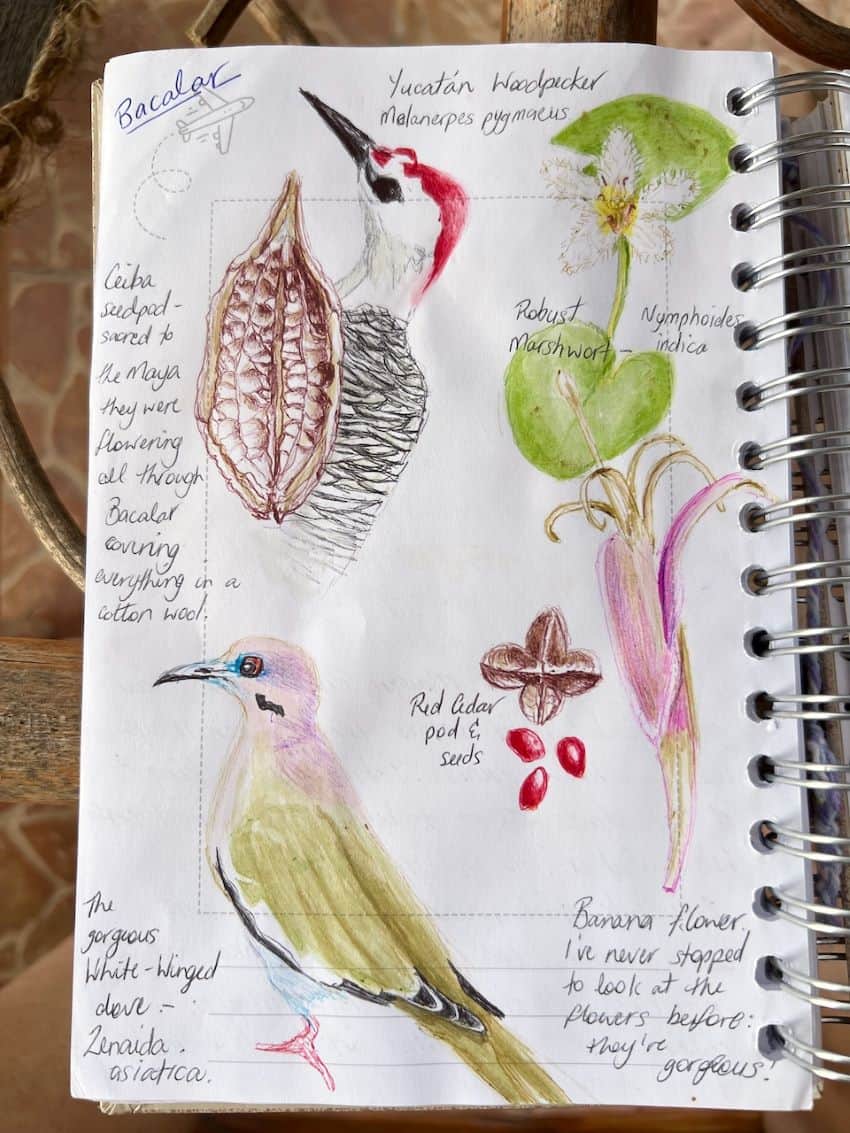The heat persists into June in Puerto Vallarta, but so too does the city’s calendar of events. From sacred art rituals to DJ-fueled beach fiestas and high-energy dance festivals, June is packed with events that celebrate the sea, creativity, community and culture. Whether you’re here to dance, downward dog, or celebrate summer on the beach, here’s your go-to guide for what’s happening this month in Puerto Vallarta.
Mexican Navy Day Celebration in Yelapa
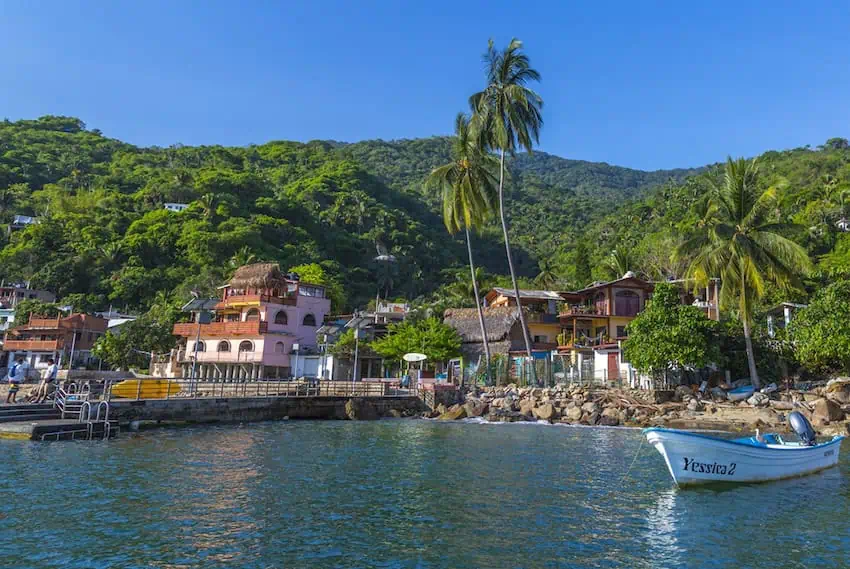
Yelapa’s beachside community throws one of the most joyful tributes to the Mexican Navy you’ll find on the Pacific coast. This full-day fiesta includes live music, DJs, local food and drinks and all the tight-knit community energy the fishing village is known for.
Date: June 1
Location: Playa Yelapa, Yelapa
Cost: Free
Greenpeace Giant Kite Festival
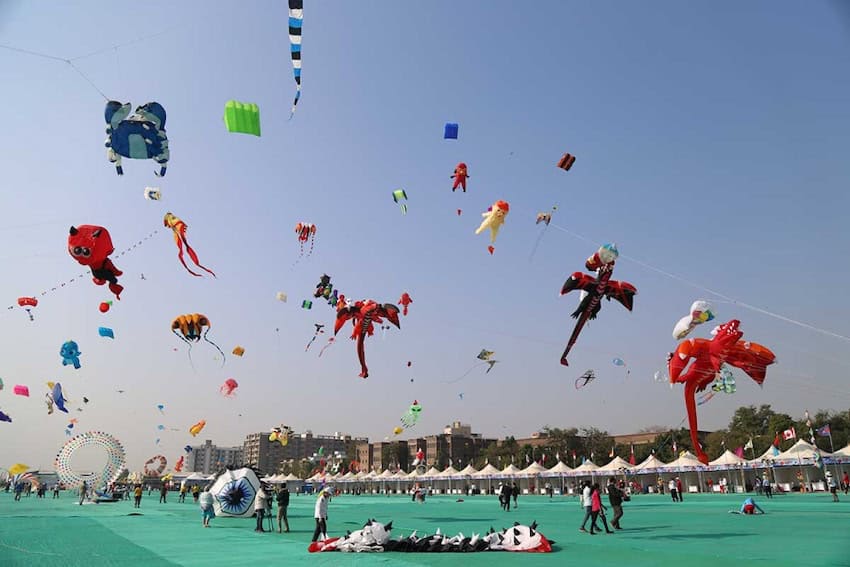
Send a message to the skies at this colorful free event from Greenpeace Mexico. Fly enormous kites shaped like whales, rays and sea turtles over Playa del Holi to raise awareness about marine conservation. A family-friendly way to support the oceans.
Date: June 4
Location: Playa del Holi, next to La Isla Shopping Village
Cost: Free
“Recalculando” by Odin Dupeyron
Theater fans won’t want to miss actor-director Odin Dupeyron’s monologue “Recalculando,” a thought-provoking and emotional blend of comedy and philosophy. Presented entirely in Spanish, this one-man show offers insights into life’s detours and existential curveballs.
Date: June 5 at 8 p.m.
Location: Teatro Vallarta, Calle Uruguay 184, Colonia 5 de Diciembre
Cost: Tickets start at 750 pesos
Free yoga class at Vallarta Gay+ Community Center
View this post on Instagram
Start your Saturday with breath, movement and connection. This inclusive and welcoming yoga class at Vallarta Gay+ Community Center is open to all levels and focuses on mindful movement and alignment. Mats are provided and donations are welcome.
Date: June 7, 10 a.m. to 12 p.m.
Location: Vallarta Gay+ Community Center, Morelos 101, Local 3B, Centro
Cost: Free
Collagraphic printmaking workshop

Cuban artist Joaquin Bolivar Thomas leads this immersive, hands-on, three-day workshop in collagraphic printmaking at Art VallARTa. Learn matrix building and inking techniques and take home your own original prints and printing plate.
Date: June 9 through 11, 11 a.m. to 3 p.m.
Location: Art VallARTa, Pilitas 213, Zona Romántica
Cost: 2000 pesos
Puerto Vallarta Bachata Festival
View this post on Instagram
Get ready to dance! This high-energy bachata festival brings some of the world’s top dancers and DJs to the Marival Emotions Resort in Nuevo Vallarta. Enjoy workshops, social dancing and nonstop music at one of the year’s most anticipated Latin dance events.
Date: June 13 through 15
Location: Marival Emotions Resort & Suites, Nuevo Vallarta
Cost: Tickets start at US $120
Awakening: A Living Canvas of Spirit and Snake
View this post on Instagram
A summer solstice ritual blending performance art and sacred ceremony. Artist Gloria Fiona surrenders her body and voice to collaborate with a boa constrictor in a live painting ritual. Live-streamed globally, with limited in-person access by request.
Date: June 21 at 10 a.m.
Location: UMA Reptilario Cipactli, CUCosta
Cost: Free to stream. Contact +52 322-350-6040 via WhatsApp to reserve your in-person spot.
Interludes PV 246 Challenge Race
View this post on Instagram
Rise early for the fifth annual PV 246 Challenge, a three-kilometer race along Puerto Vallarta’s scenic Malecón. With categories for all ages and fitness levels, it’s a great way to kick off your Sunday and celebrate the city’s active community spirit.
Date: June 22 at 7 a.m.
Location: Malecón, Downtown Puerto Vallarta
Cost: 450 pesos (includes shirt, bib, medal and hydration)
Meagan Drillinger is a New York native who has spent the past 15 years traveling around and writing about Mexico. While she’s on the road for assignments most of the time, Puerto Vallarta is her home base. Follow her travels on Instagram at @drillinjourneys or through her blog at drillinjourneys.com.
